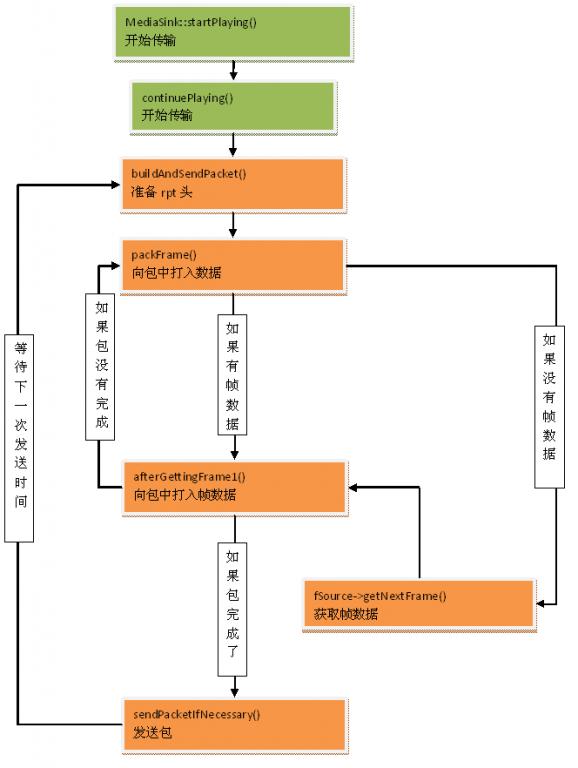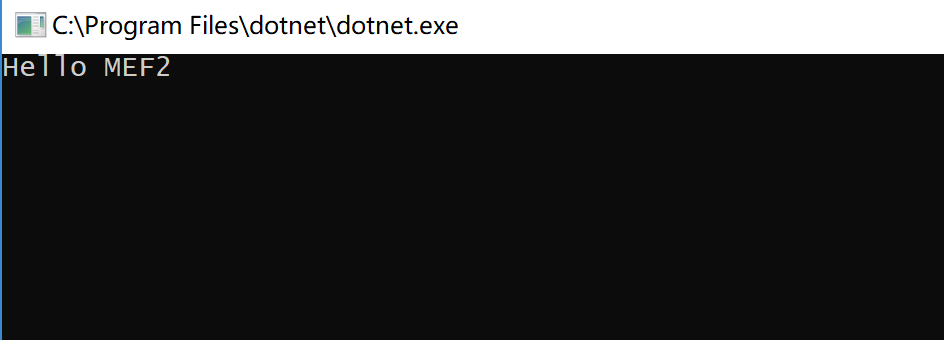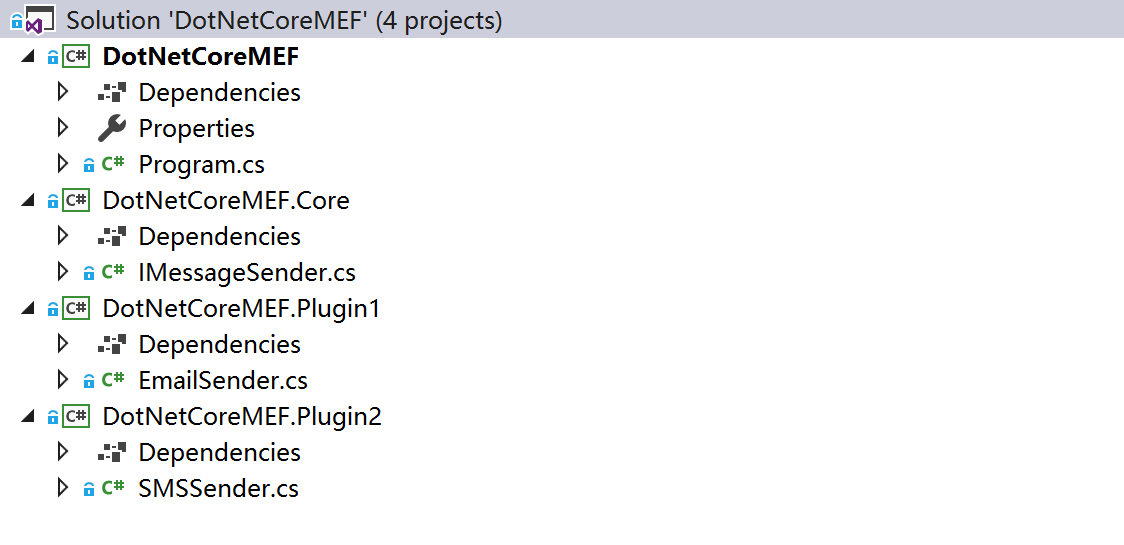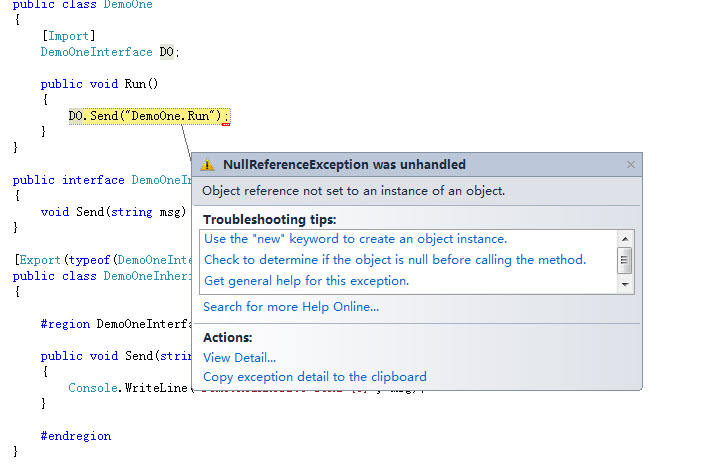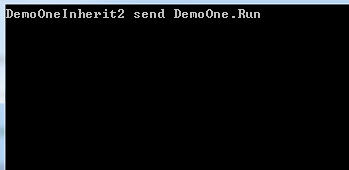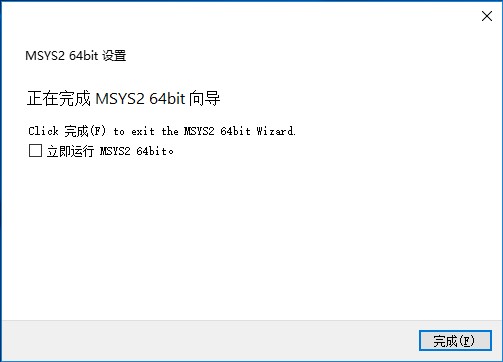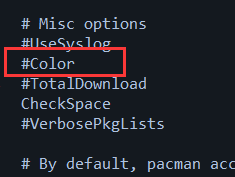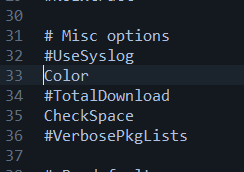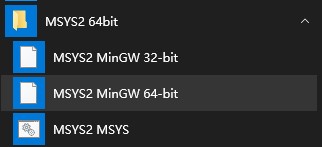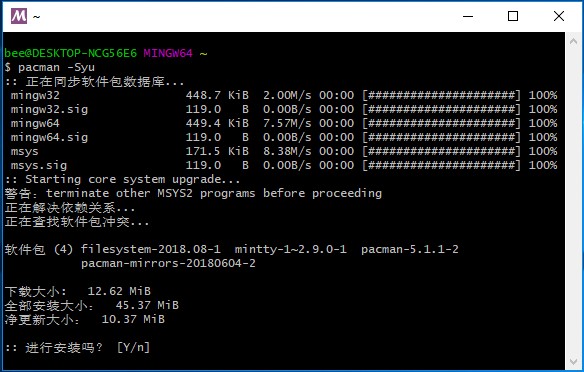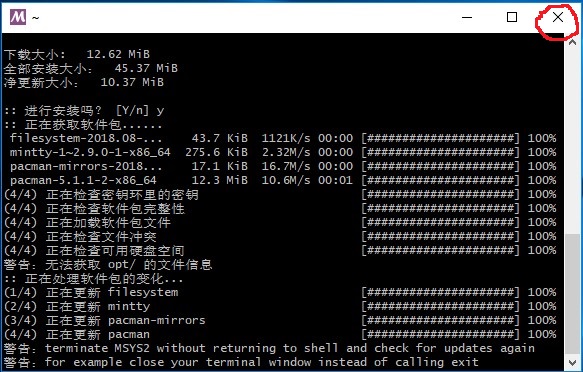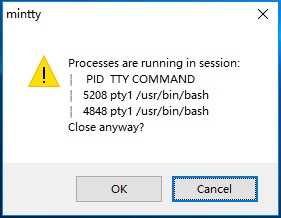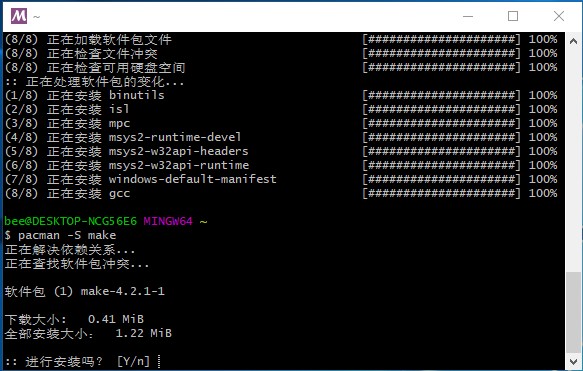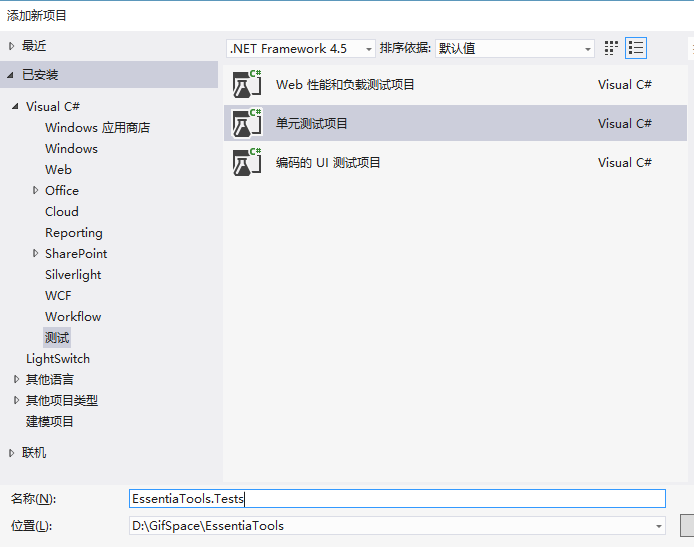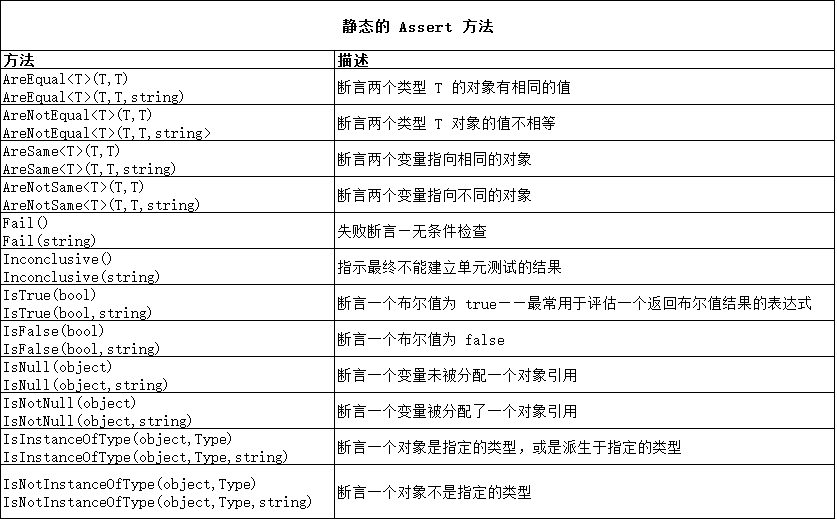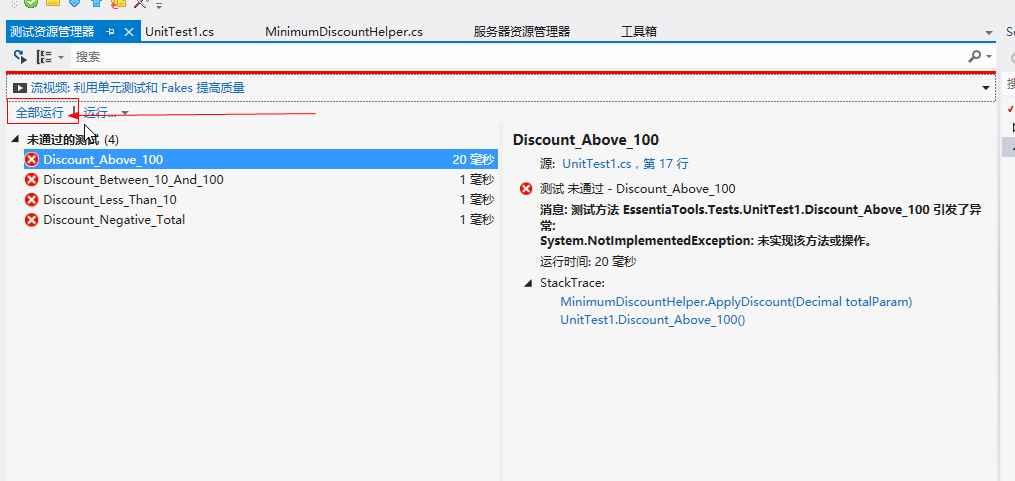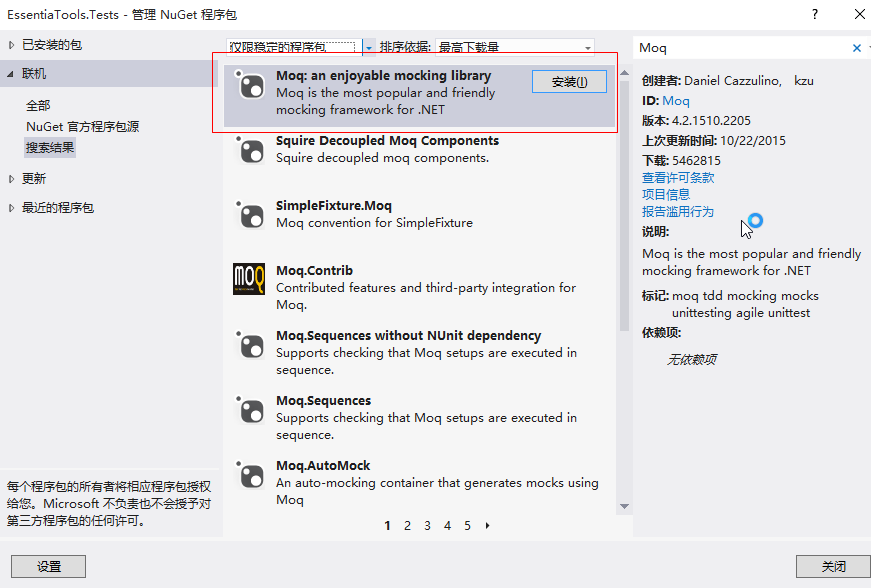live555的客服端流程:建立任务计划对象--建立环境对象--处理用户输入的参数(RTSP地址)--创建RTSPClient实例--发出DESCRIBE–发出SETUP–发出PLAY--进入Loop循环接收数据–发出TEARDOWN结束连接。
可以抽成3个函数接口:rtspOpen rtspRead rtspClose。
首先我们来分析rtspOpen的过程:

int rtspOpen(rtsp_object_t *p_obj, int tcpConnect)
{
… … TRACE1_DEC(“BasicTaskScheduler::createNew !!!\n” ); if( ( p_sys->scheduler = BasicTaskScheduler::createNew() ) == NULL )
{
TRACE1_DEC(“BasicTaskScheduler::createNew failed\n” ); goto error;
} if( !( p_sys->env = BasicUsageEnvironment::createNew(*p_sys->scheduler) ) )
{
TRACE1_DEC(“BasicUsageEnvironment::createNew failed\n”); goto error;
} if( ( i_return = Connect( p_obj ) ) != RTSP_SUCCESS )
{
TRACE1_DEC( “Failed to connect with %s\n”, p_obj->rtspURL ); goto error;
} if( p_sys->p_sdp == NULL )
{
TRACE1_DEC( “Failed to retrieve the RTSP Session Description\n” ); goto error;
} if( ( i_return = SessionsSetup( p_obj ) ) != RTSP_SUCCESS )
{
TRACE1_DEC( “Nothing to play for rtsp://%s\n”, p_obj->rtspURL ); goto error;
} if( ( i_return = Play( p_obj ) ) != RTSP_SUCCESS ) goto error; … … }

1> BasicTaskScheduler::createNew()
2> BasicUsageEnvironment::createNew()
3> connect

static int Connect( rtsp_object_t *p_demux )
{
… …
sprintf(appName, “LibRTSP%d”, p_demux->id); if( ( p_sys->rtsp = RTSPClient::createNew( *p_sys->env, 1, appName, i_http_port ) ) == NULL )
{
TRACE1_DEC( “RTSPClient::createNew failed (%s)\n”,
p_sys->env->getResultMsg() );
i\_ret \= RTSP\_ERROR; goto connect\_error;
}
psz\_options \= p\_sys->rtsp->sendOptionsCmd( p\_demux->rtspURL, psz\_user, psz\_pwd ); if(psz\_options == NULL)
TRACE1\_DEC("RTSP Option commend error!!\\n");
delete \[\] psz\_options;
p\_sdp \= p\_sys->rtsp->describeURL( p\_demux->rtspURL );
… … }

connect中做了三件事:RTSPClient类的实例,发送“OPTIONS”请求,发送“describeURL”请求。
sendOptionsCmd()函数首先调用openConnectionFromURL()函数进程tcp连接,然后组包发送:
OPTIONS rtsp://120.90.0.50:8552/h264_ch2 RTSP/1.0
CSeq: 493 User-Agent: LibRTSP4 (LIVE555 Streaming Media v2008.04.02)
收到服务器的应答:
RTSP/1.0 200 OK
CSeq: 493 Date: Mon, May 26 2014 13:27:07 GMT
Public: OPTIONS, DESCRIBE, SETUP, TEARDOWN, PLAY, PAUSE
describeURL()函数首先也会调用openConnectionFromURL()函数进行TCP连接(这里可以看出先发OPTIONS请求,也可以先发describeURL请求),然后组包发送:
DESCRIBE rtsp://120.90.0.50:8552/h264_ch2 RTSP/1.0
CSeq: 494 Accept: application/sdp
User-Agent: LibRTSP4 (LIVE555 Streaming Media v2008.04.02)
收到服务器应答:

DESCRIBE rtsp://120.90.0.50:8552/h264_ch2 RTSP/1.0
CSeq: 494 Accept: application/sdp
User-Agent: LibRTSP4 (LIVE555 Streaming Media v2008.04.02)
Received DESCRIBE response:
RTSP/1.0 200 OK
CSeq: 494 Date: Mon, May 26 2014 13:27:07 GMT
Content-Base: rtsp://192.168.103.51:8552/h264_ch2/
Content-Type: application/sdp
Content-Length: 509 Need to read 509 extra bytes
Read 509 extra bytes: v=0 o=- 1401092685794152 1 IN IP4 192.168.103.51 s=RTSP/RTP stream from NETRA
i=h264_ch2
t=0 0 a=tool:LIVE555 Streaming Media v2008.04.02 a=type:broadcast
a=control:* a=range:npt=0- a=x-qt-text-nam:RTSP/RTP stream from NETRA
a=x-qt-text-inf:h264_ch2
m=video 0 RTP/AVP 96 c=IN IP4 0.0.0.0 a=rtpmap:96 H264/90000 a=fmtp:96 packetization-mode=1;profile-level-id=000042;sprop-parameter-sets=h264
a=control:track1
m=audio 0 RTP/AVP 96 c=IN IP4 0.0.0.0 a=rtpmap:96 PCMU/48000/2 a=control:track2

4> SessionsSetup

static int SessionsSetup( rtsp_object_t *p_demux )
{
… …
// unsigned const thresh = 1000000;
if( !( p_sys->ms = MediaSession::createNew( *p_sys->env, p_sys->p_sdp ) ) )
{
TRACE1_DEC( “Could not create the RTSP Session: %s\n”, p_sys->env->getResultMsg() ); return RTSP_ERROR;
} /* Initialise each media subsession */ iter = new MediaSubsessionIterator( *p_sys->ms ); while( ( sub = iter->next() ) != NULL )
{
… … bInit = sub->initiate(); if( !bInit )
{
TRACE1_DEC( “RTP subsession ‘%s/%s’ failed (%s)\n”,
sub->mediumName(), sub->codecName(), p_sys->env->getResultMsg() );
} else { … … /* Issue the SETUP */
if( p_sys->rtsp )
{ if( !p_sys->rtsp->setupMediaSubsession( *sub, False, b_rtsp_tcp, False ) )
{ /* if we get an unsupported transport error, toggle TCP
* use and try again */
if( !strstr(p_sys->env->getResultMsg(),”461 Unsupported Transport”) || !p_sys->rtsp->setupMediaSubsession( *sub, False, b_rtsp_tcp, False ) )
{
TRACE1_DEC( “SETUP of’%s/%s’ failed %s\n”, sub->mediumName(), sub->codecName(), p_sys->env->getResultMsg() ); continue;
}
}
}
… …/* Value taken from mplayer */
if( !strcmp( sub->mediumName(), “audio” ) )
{ if( !strcmp( sub->codecName(), “MP4A-LATM” ) )
{
… … } else if( !strcmp( sub->codecName(), “PCMA” ) || !strcmp( sub->codecName(), “PCMU” ))
{
tk->fmt.i_extra = 0;
tk->fmt.i_codec = RTSP_CODEC_PCMU;
}
} else if( !strcmp( sub->mediumName(), “video” ) )
{ if( !strcmp( sub->codecName(), “H264” ) )
{
… … } else if( !strcmp( sub->codecName(), “MP4V-ES” ) )
{
… … } else if( !strcmp( sub->codecName(), “JPEG” ) )
{
tk->fmt.i_codec = RTSP_CODEC_MJPG;
}
}
… … }
} … … }

这个函数做了四件事:创建MediaSession类的实例,创建MediaSubsessionIterator类的实例,MediaSubsession的初始化,发送”SETUP”请求。
创建MediaSession实例的同时,会调用initializeWithSDP()函数去解析SDP,解析出”s=”相对应的fSessionName,解析出”s=”相对应的fSessionName,解析出”i=”相对应的fSessionDescription,解析出”c=”相对应的connectionEndpointName,解析出”a=type:”相对应的fMediaSessionType等等。创建MediaSubsession类的实例,并且加入到fSubsessionsHead链表中,从上面的SDP描述来看,有两个MediaSubsession,一个video,一个audio。
创建MediaSubsessionIterator类的实例,并且调用reset函数,将fOurSession.fSubsessionsHead赋值给fNextPtr,也就是将链表的头结点赋值给fNextPtr。当执行while循环的时候,执行了两次,一次video,一次audio。
initiate函数,根据fSourceFilterAddr来判断是否是SSM,还是ASM,然后调用Groupsock的不同构造函数来创建实例fRTPSocket、fRTCPSocket;然后根据协议类型fProtocolName(这个值在sdp中的“m=”)来判断是基于udp还是rtp,我们只分析RTP,如果是RTP,则根据相应的编码类型fCodecName(这个值在sdp中的“a=rtpmap:”)来判断相应的fRTPSource,这里我们创建了H264和PCMU的RTPSource实例fRTPSource;创建RTCPInstance类的实例fRTCPInstance。
setupMediaSubsession()函数,主要是发送“SETUP”请求,通过SDP的描述,知道我们采用的是RTP协议,根据rtspOpen传入的参数streamUsingTCP来请求rtp是基于udp传输,还是tcp传输,如果是TCP传输,只能是单播,如果udp传输,则根据connectionEndpointName和传入的参数forceMulticastOnUnspecified来判断是否多播还是单播,我们的服务端值支持单播,而且传入的参数false,所以这里采用单播;组包发送“SETUP”请求:
SETUP rtsp://192.168.103.51:8552/h264_ch2/track1 RTSP/1.0
CSeq: 495 Transport: RTP/AVP;unicast;client_port=33482-33483 User-Agent: LibRTSP4 (LIVE555 Streaming Media v2008.04.02)
服务器应答:
RTSP/1.0 200 OK
CSeq: 495 Date: Mon, May 26 2014 13:27:07 GMT
Transport: RTP/AVP;unicast;destination=14.214.248.17;source=192.168.103.51;client_port=33482-33483;server_port=6970-6971 Session: 151
最后,如果采用TCP传输,则调用setStreamSocket()->RTPInterface::setStreamSocket()->addStreamSocket()函数将RTSP的socket值fInputSocketNum加入到fTCPStreams链表中;如果是UDP传输的话,组播地址为空,则用服务端地址保存到fDests中,如果组播地址不为空,则加入组播组。

... ...
if (streamUsingTCP) { // Tell the subsession to receive RTP (and send/receive RTCP) // over the RTSP stream:
if (subsession.rtpSource() != NULL)
subsession.rtpSource()->setStreamSocket(fInputSocketNum, subsession.rtpChannelId); if (subsession.rtcpInstance() != NULL)
subsession.rtcpInstance()->setStreamSocket(fInputSocketNum, subsession.rtcpChannelId);
} else { // Normal case. // Set the RTP and RTCP sockets’ destination address and port // from the information in the SETUP response:
subsession.setDestinations(fServerAddress);
}
… …

5> play

static int Play( rtsp_object_t *p_demux )
{ … … if( p_sys->rtsp )
{ /* The PLAY */
if( !p_sys->rtsp->playMediaSession( *p_sys->ms, p_sys->i_npt_start, -1, 1 ) )
{
TRACE1_DEC( “RTSP PLAY failed %s\n”, p_sys->env->getResultMsg() ); return RTSP_ERROR;;
}
}
… …return RTSP_SUCCESS;
}

playMediaSession()函数,就是发送“PLAY”请求:
PLAY rtsp://120.90.0.50:8552/h264_ch2/ RTSP/1.0
CSeq: 497 Session: 151 Range: npt=0.000- User-Agent: LibRTSP4 (LIVE555 Streaming Media v2008.04.02)
服务器应答:

RTSP/1.0 200 OK
CSeq: 497 Date: Mon, May 26 2014 13:27:07 GMT
Range: npt=0.000- Session: 151 RTP-Info: url=rtsp://192.168.103.51:8552/h264_ch2/track1;seq=63842;rtptime=1242931431,url=rtsp://192.168.103.51:8552/h264_ch2/track2;seq=432;rtptime=3179210581

接着我们分析rtspRead过程:

int rtspRead(rtsp_object_t *p_obj)
{ … … if(p_sys != NULL)
{ /* First warn we want to read data */ p_sys->event = 0; for( i = 0; i < p_sys->i_track; i++ )
{
live_track_t *tk = p_sys->track[i];if( tk->waiting == 0 )
{
tk->waiting = 1;
tk->sub->readSource()->getNextFrame( tk->p_buffer, tk->i_buffer,
StreamRead, tk, StreamClose, tk );
}
}
/\* Create a task that will be called if we wait more than 300ms \*/ task \= p\_sys->scheduler->scheduleDelayedTask( 300000, TaskInterrupt, p\_obj ); /\* Do the read \*/ p\_sys\->scheduler->doEventLoop( &p\_sys->event ); /\* remove the task \*/ p\_sys\->scheduler->unscheduleDelayedTask( task );
p\_sys\->b\_error ? ret = RTSP\_ERROR : ret = RTSP\_SUCCESS;
} return ret;
}

这个函数首先要知道readSource()函数的fReadSource的值在哪里复制,在前面的initiate()函数里面有:

… …
} else if (strcmp(fCodecName, “H264”) == 0) {
fReadSource = fRTPSource = H264VideoRTPSource::createNew(env(), fRTPSocket,
fRTPPayloadFormat,
fRTPTimestampFrequency);
} else if (strcmp(fCodecName, “JPEG”) == 0) { // motion JPEG
… … } else if ( strcmp(fCodecName, “PCMU”) == 0 // PCM u-law audio
|| strcmp(fCodecName, “GSM”) == 0 // GSM audio
|| strcmp(fCodecName, “PCMA”) == 0 // PCM a-law audio
|| strcmp(fCodecName, “L16”) == 0 // 16-bit linear audio
|| strcmp(fCodecName, “MP1S”) == 0 // MPEG-1 System Stream
|| strcmp(fCodecName, “MP2P”) == 0 // MPEG-2 Program Stream
|| strcmp(fCodecName, “L8”) == 0 // 8-bit linear audio
|| strcmp(fCodecName, “G726-16”) == 0 // G.726, 16 kbps
|| strcmp(fCodecName, “G726-24”) == 0 // G.726, 24 kbps
|| strcmp(fCodecName, “G726-32”) == 0 // G.726, 32 kbps
|| strcmp(fCodecName, “G726-40”) == 0 // G.726, 40 kbps
|| strcmp(fCodecName, “SPEEX”) == 0 // SPEEX audio
) {
createSimpleRTPSource = True;
useSpecialRTPoffset = 0;
} else if (useSpecialRTPoffset >= 0) {
… … } if (createSimpleRTPSource) { char* mimeType = new char[strlen(mediumName()) + strlen(codecName()) + 2] ;
sprintf(mimeType, “%s/%s”, mediumName(), codecName());
fReadSource = fRTPSource = SimpleRTPSource::createNew(env(), fRTPSocket, fRTPPayloadFormat,
fRTPTimestampFrequency, mimeType,
(unsigned)useSpecialRTPoffset,
doNormalMBitRule);
delete[] mimeType;
}
}

如果是h264编码方式,则getNextFrame函数定义在FramedSource::getNextFrame:

void FramedSource::getNextFrame(unsigned char* to, unsigned maxSize,
afterGettingFunc* afterGettingFunc, void* afterGettingClientData,
onCloseFunc* onCloseFunc, void* onCloseClientData)
{ // Make sure we’re not already being read:
if (fIsCurrentlyAwaitingData) {
envir() << “FramedSource[“ << this << “]::getNextFrame(): attempting to read more than once at the same time!\n”;
exit(1);
}
fTo \= to;
fMaxSize \= maxSize;
fNumTruncatedBytes \= 0; // by default; could be changed by doGetNextFrame()
fDurationInMicroseconds = 0; // by default; could be changed by doGetNextFrame()
fAfterGettingFunc = afterGettingFunc;
fAfterGettingClientData \= afterGettingClientData;
fOnCloseFunc \= onCloseFunc;
fOnCloseClientData \= onCloseClientData;
fIsCurrentlyAwaitingData \= True;
doGetNextFrame();
}

doGetNextFrame()函数定义在MultiFramedRTPSource::doGetNextFrame():

void MultiFramedRTPSource::doGetNextFrame()
{ if (!fAreDoingNetworkReads) { // Turn on background read handling of incoming packets:
fAreDoingNetworkReads = True;
TaskScheduler::BackgroundHandlerProc* handler = (TaskScheduler::BackgroundHandlerProc*)&networkReadHandler;
fRTPInterface.startNetworkReading(handler);
}
fSavedTo \= fTo;
fSavedMaxSize \= fMaxSize;
fFrameSize \= 0; // for now
fNeedDelivery = True;
doGetNextFrame1();
}

doGetNextFrame1()函数定义在MultiFramedRTPSource::doGetNextFrame1():

void MultiFramedRTPSource::doGetNextFrame1()
{ while (fNeedDelivery) { // If we already have packet data available, then deliver it now.
Boolean packetLossPrecededThis;
BufferedPacket* nextPacket = fReorderingBuffer->getNextCompletedPacket(packetLossPrecededThis); if (nextPacket == NULL) break;
fNeedDelivery \= False; if (nextPacket->useCount() == 0) { // Before using the packet, check whether it has a special header // that needs to be processed:
unsigned specialHeaderSize; if (!processSpecialHeader(nextPacket, specialHeaderSize)) { // Something’s wrong with the header; reject the packet:
fReorderingBuffer->releaseUsedPacket(nextPacket);
fNeedDelivery = True; break;
}
nextPacket->skip(specialHeaderSize);
} // Check whether we’re part of a multi-packet frame, and whether // there was packet loss that would render this packet unusable:
if (fCurrentPacketBeginsFrame) { if (packetLossPrecededThis || fPacketLossInFragmentedFrame) { // We didn’t get all of the previous frame. // Forget any data that we used from it:
fTo = fSavedTo; fMaxSize = fSavedMaxSize;
fFrameSize = 0;
}
fPacketLossInFragmentedFrame = False;
} else if (packetLossPrecededThis) { // We’re in a multi-packet frame, with preceding packet loss
fPacketLossInFragmentedFrame = True;
} if (fPacketLossInFragmentedFrame) { // This packet is unusable; reject it:
fReorderingBuffer->releaseUsedPacket(nextPacket);
fNeedDelivery = True; break;
} // The packet is usable. Deliver all or part of it to our caller:
unsigned frameSize;
nextPacket->use(fTo, fMaxSize, frameSize, fNumTruncatedBytes,
fCurPacketRTPSeqNum, fCurPacketRTPTimestamp,
fPresentationTime, fCurPacketHasBeenSynchronizedUsingRTCP,
fCurPacketMarkerBit);
fFrameSize += frameSize; if (!nextPacket->hasUsableData()) { // We’re completely done with this packet now
fReorderingBuffer->releaseUsedPacket(nextPacket);
} if (fCurrentPacketCompletesFrame || fNumTruncatedBytes > 0) { // We have all the data that the client wants.
if (fNumTruncatedBytes > 0) {
envir() << “MultiFramedRTPSource::doGetNextFrame1(): The total received frame size exceeds the client’s buffer size (“
<< fSavedMaxSize << “). “<< fNumTruncatedBytes << “ bytes of trailing data will be dropped!\n”;
} // Call our own ‘after getting’ function, so that the downstream object can consume the data:
if (fReorderingBuffer->isEmpty()) { // Common case optimization: There are no more queued incoming packets, so this code will not get // executed again without having first returned to the event loop. Call our ‘after getting’ function // directly, because there’s no risk of a long chain of recursion (and thus stack overflow):
afterGetting(this);
} else { // Special case: Call our ‘after getting’ function via the event loop.
nextTask() = envir().taskScheduler().scheduleDelayedTask(0, (TaskFunc*)FramedSource::afterGetting, this);
}
} else { // This packet contained fragmented data, and does not complete // the data that the client wants. Keep getting data:
fTo += frameSize; fMaxSize -= frameSize;
fNeedDelivery = True;
}
}
}

FramedSource::afterGetting(FramedSource* source) :

void FramedSource::afterGetting(FramedSource* source)
{
source->fIsCurrentlyAwaitingData = False; // indicates that we can be read again // Note that this needs to be done here, in case the “fAfterFunc” // called below tries to read another frame (which it usually will)
if (source->fAfterGettingFunc != NULL) {
(\*(source->fAfterGettingFunc))(source->fAfterGettingClientData,
source\->fFrameSize,
source\->fNumTruncatedBytes,
source\->fPresentationTime,
source\->fDurationInMicroseconds);
}
}

fAfterGettingFunc函数指针在FramedSource::getNextFrame()中被赋值afterGettingFunc,afterGettingFunc的值则是rtspRead()函数调用getNextFrame()函数时,传入的StreamRead()。这样就获取了一帧数据。
在MultiFramedRTPSource::doGetNextFrame()函数中,我们发现了fRTPInterface.startNetworkReading(handler),这个函数主要做了什么作用?

void RTPInterface::startNetworkReading(TaskScheduler::BackgroundHandlerProc* handlerProc)
{ // Normal case: Arrange to read UDP packets:
envir().taskScheduler().turnOnBackgroundReadHandling(fGS->socketNum(), handlerProc, fOwner); // Also, receive RTP over TCP, on each of our TCP connections:
fReadHandlerProc = handlerProc; for (tcpStreamRecord* streams = fTCPStreams; streams != NULL; streams = streams->fNext) { // Get a socket descriptor for “streams->fStreamSocketNum”:
SocketDescriptor* socketDescriptor = lookupSocketDescriptor(envir(), streams->fStreamSocketNum); if (socketDescriptor == NULL) {
socketDescriptor = new SocketDescriptor(envir(), streams->fStreamSocketNum);
socketHashTable(envir())->Add((char const*)(long)(streams->fStreamSocketNum), socketDescriptor);
} // Tell it about our subChannel:
socketDescriptor->registerRTPInterface(streams->fStreamChannelId, this);
}
}

这个函数主要做了两个作用,一个是注册UDP socket的读取任务函数MultiFramedRTPSource::networkReadHandler()到任务队列,一个是注册TCP socket的读取任务函数SocketDescriptor::tcpReadHandler()到任务队列,最终还是会调用MultiFramedRTPSource::networkReadHandler()函数获取一帧数据。
